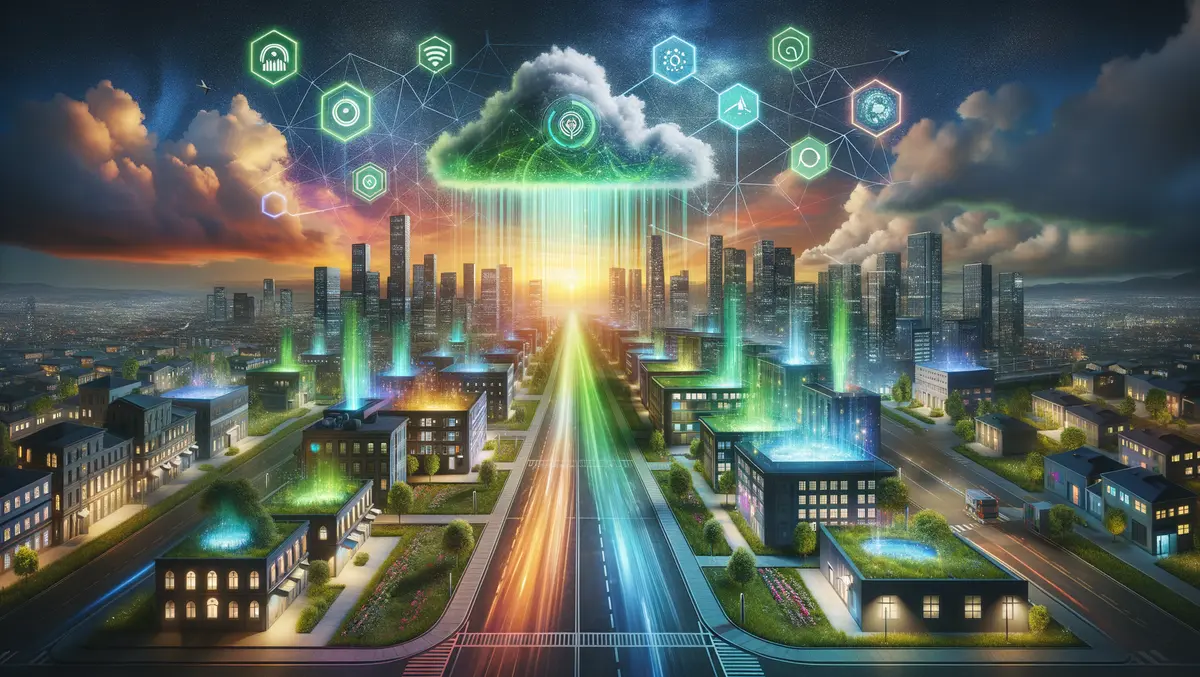
Half of firms to adopt sustainability-enabled monitoring by 2026
Half of all organisations are expected to adopt sustainability-enabled monitoring by 2026 in order to manage energy consumption and carbon footprint metrics for their hybrid cloud environments, according to Gartner. This shift is driven by increasing pressure from investors, customers, regulators, and governments, compounding the urgency for organisations to achieve carbon neutrality and net zero goals by 2030.
The Australian Government has introduced legislation to establish the Net Zero Economy Authority, aiming to support the nation's transition to a net zero economy. Padraig Byrne, a VP Analyst at Gartner and Chair of the Gartner IT Infrastructure, Operations & Cloud Strategies Conference in Sydney, noted the significant carbon reduction goals that organisations must meet. He emphasised that infrastructure and operations teams are now expected to spearhead sustainability initiatives that align corporate IT operations with these environmental targets.
The 2024 Gartner CIO and Technology Executive Survey indicated that 79% of CIOs from Australia and New Zealand (ANZ) are planning to allocate considerable new or additional funding towards cloud platforms in 2024. This underscores the increasing responsibility of I&O leaders to ensure the environmental sustainability of cloud operations. The survey gathered insights from 2,457 respondents across 84 countries, including 87 from ANZ.
Gartner predicts that reporting activities related to energy usage, water efficiency, and greenhouse gas (GHG) emissions in cloud and data centre environments will evolve into new IT management areas. This will result in the advent of new IT operating models, referred to as GreenOps, necessitating novel processes, capabilities, and tools. Byrne highlighted that I&O leaders, alongside managed service providers, will demand advanced monitoring, analytical, and generative AI services from software and cloud vendors to better manage and optimise CO2e emissions and power consumption for both reporting and IT management purposes.
To address this demand, monitoring vendors are expected to broaden their product portfolios to include capabilities that track CO2e and power consumption across different IT layers, such as data centres, hardware, middleware, and applications. Gartner anticipates that these advancements will provide critical analytical capabilities and insights to optimise various workloads.
Nevertheless, there are several adoption challenges for sustainability-enabled monitoring. Many organisations currently rely on historical data rather than real-time information, impairing the effectiveness of timely business decisions. Byrne pointed out that most metrics relevant to net zero carbon goals, like CO2e emissions and power consumption, are not directly gathered by IT sectors within organisations. This information is often requested from IT providers, but the quality and precision of the data at both the data centre and cloud account levels are frequently insufficient.
According to Gartner, there are currently limited processes and specialised tools for monitoring CO2e and power metrics across different IT tiers. This scarcity complicates the ability of I&O leaders to ascertain the success of their environmental sustainability efforts. Also, current monitoring tools largely concentrate on on-premises environments, posing significant challenges in addressing these goals within hybrid IT setups.
To mitigate these issues, Gartner advises organisations to adopt GreenOps practices to establish operating models conducive to achieving carbon-neutral objectives. Furthermore, organisations should collect and manage sustainability telemetry from their cloud providers, treating these signals with similar importance as health performance and consumption cost telemetry. Byrne advocates that while immediate action may not always be necessary, preparing to optimise real-time GHG emissions and power consumption when the capability becomes available will place organisations at a strategic advantage.
Gartner encourages I&O leaders to evaluate monitoring providers on new metrics related to power consumption, power efficiency, and CO2e emissions for their IT infrastructures, and to verify the validity of these capabilities for hybrid IT environments.


